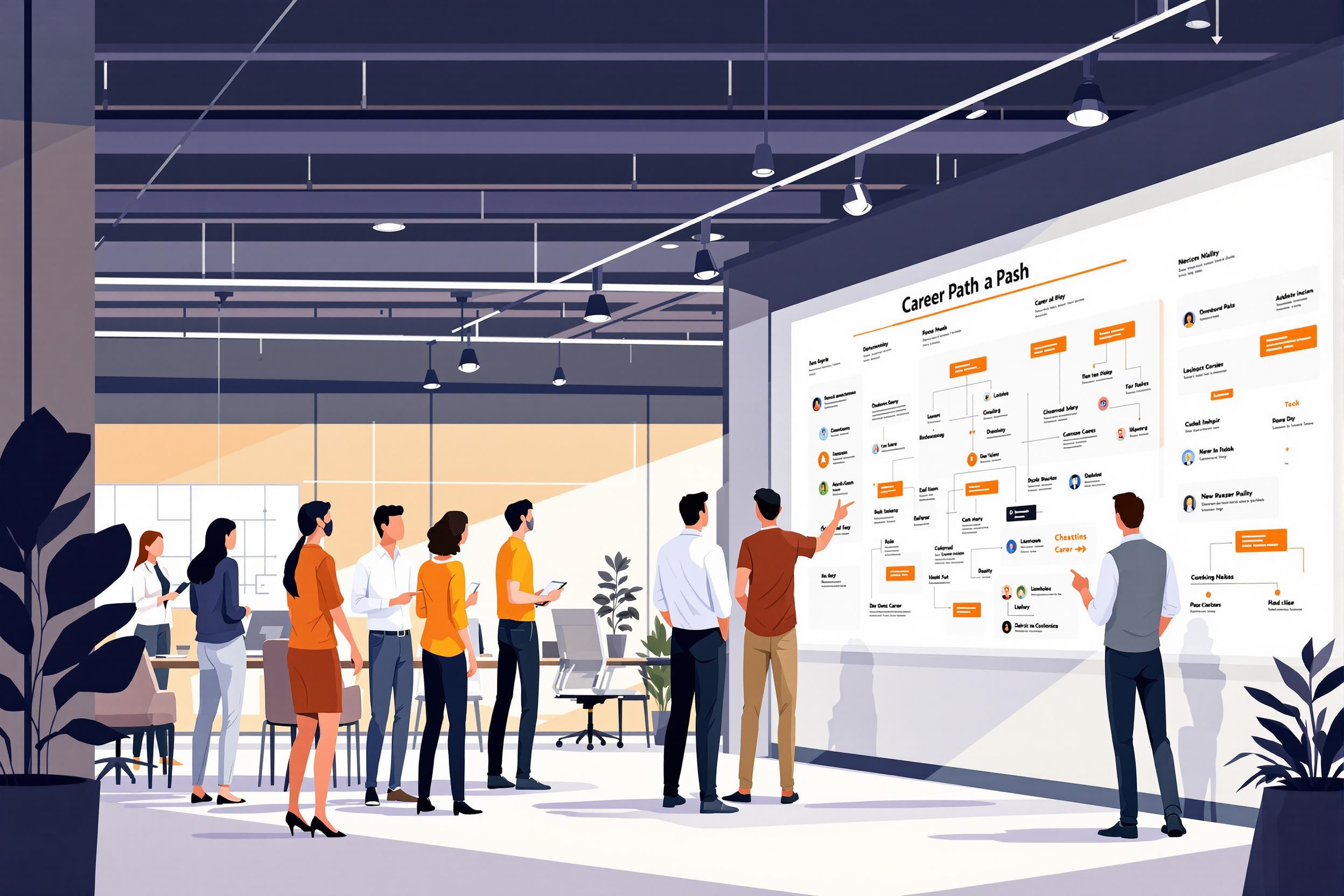
Accessioning
Accessioning is the formal process of adding items to a museum's permanent collection. It's like creating an official record when a museum receives new objects or artworks. This process includes documenting where items came from, their condition, historical significance, and giving them unique identification numbers. Think of it as similar to how a library catalogs new books, but for museum objects. When someone mentions accessioning on their resume, they're talking about their experience in properly documenting and processing new additions to museum collections.
Examples in Resumes
Processed over 200 artifacts through Accessioning procedures at the City History Museum
Managed Accessioning of donated art collections, including detailed documentation and photography
Led Accessioning projects for newly acquired archaeological findings
Typical job title: "Museum Registrars"
Also try searching for:
Where to Find Museum Registrars
Professional Organizations
Job Boards
Professional Networks
Example Interview Questions
Senior Level Questions
Q: How would you manage a large-scale accessioning project with multiple staff members?
Expected Answer: Should discuss project management skills, delegation strategies, quality control measures, and how to maintain consistency in documentation across team members. Should mention experience with training others and developing procedures.
Q: How do you handle complex ethical situations in acquisitions and accessioning?
Expected Answer: Should demonstrate knowledge of museum ethics, legal requirements for acquisitions, and experience handling sensitive situations like contested ownership or culturally sensitive materials.
Mid Level Questions
Q: What steps do you take when accessioning a new collection?
Expected Answer: Should outline the complete process from initial receipt to final documentation, including condition reporting, numbering systems, photography, and database entry.
Q: How do you prioritize multiple accessioning projects?
Expected Answer: Should discuss organizational skills, assessment of urgency based on factors like material preservation needs, exhibition schedules, and resource availability.
Junior Level Questions
Q: What information is essential to record when accessioning an object?
Expected Answer: Should mention basic requirements like object ID numbers, donor information, physical description, measurements, condition, and provenance documentation.
Q: What experience do you have with collection management databases?
Expected Answer: Should demonstrate familiarity with common museum database systems and basic data entry procedures, even if experience is limited to internships or classroom practice.
Experience Level Indicators
Junior (0-2 years)
- Basic object handling and documentation
- Data entry in collection databases
- Understanding of numbering systems
- Basic condition reporting
Mid (2-5 years)
- Managing small to medium collections
- Processing complex donations
- Coordinating with other departments
- Understanding legal documentation
Senior (5+ years)
- Large-scale project management
- Policy development
- Staff training and supervision
- Strategic collection planning
Red Flags to Watch For
- No hands-on experience with collection objects
- Lack of attention to detail in documentation
- No knowledge of basic museum standards
- Unfamiliarity with collection management databases
Need more hiring wisdom? Check these out...

Building an Unshakable ATS Data Governance Framework: A Guide to Protecting Your Recruitment Goldmine

A Beginner's Guide to Implementing an Applicant Tracking System

Unlocking Internal Talent: Why Internal Mobility Is Your Secret Weapon in Talent Acquisition

